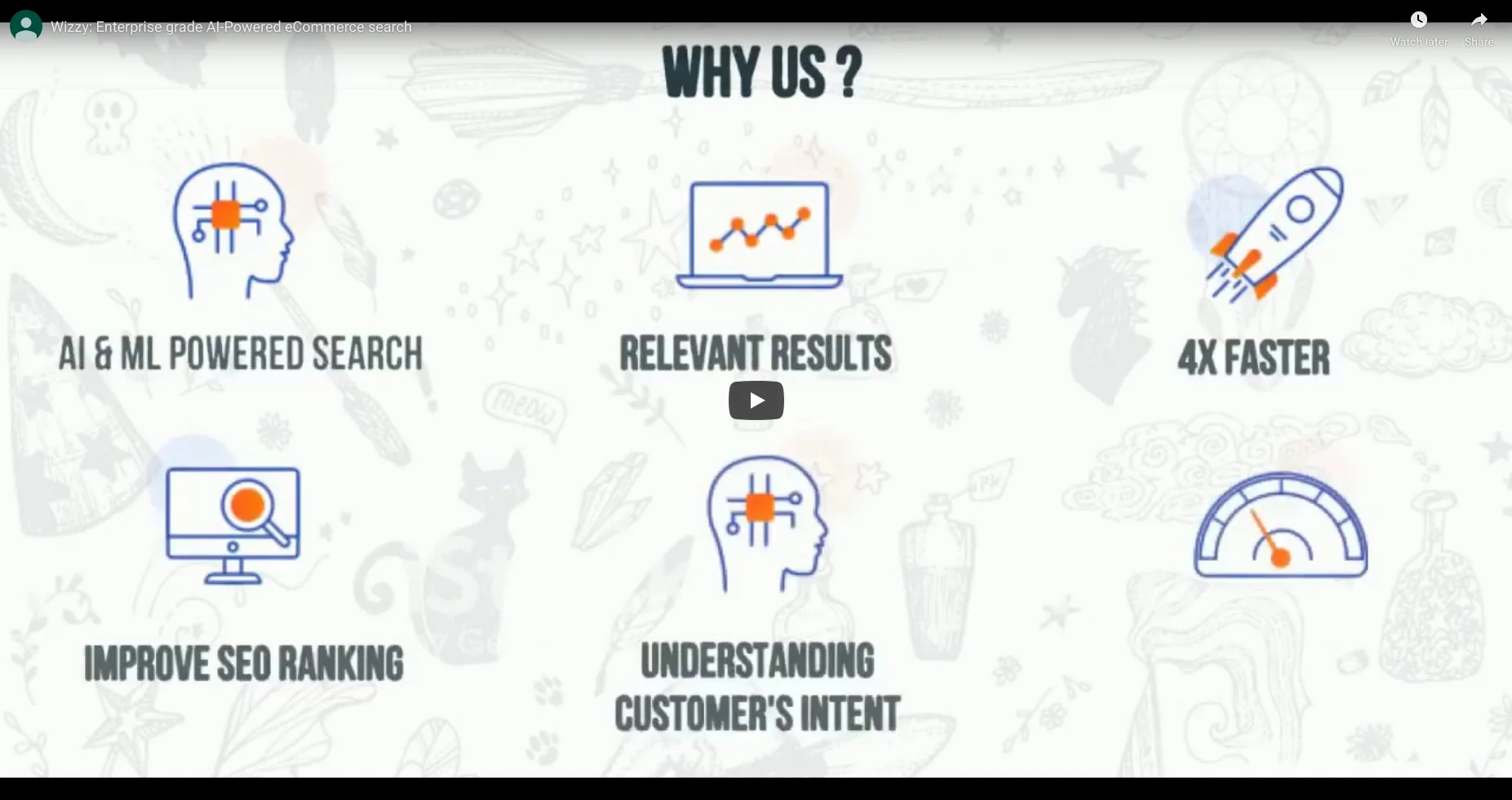In today’s digital age, eCommerce has become an integral part of our daily lives. With the convenience of online shopping, consumers have come to expect seamless and enjoyable experiences when browsing and purchasing products online. This is where the concept of user experience (UX) comes into play, and it holds immense importance in eCommerce design.
User experience refers to the overall satisfaction and ease of use that a user experiences when interacting with a website or an application. In the context of eCommerce, UX plays a critical role in influencing the success or failure of an online store. Let’s delve into the key reasons why user experience is of paramount importance in eCommerce design.
Enhances Customer Satisfaction

Customer satisfaction is the cornerstone of a successful eCommerce business. When customers have a positive experience while navigating through an online store, they are more likely to stay longer, browse more products, and complete their purchases. A well-designed eCommerce website should be visually appealing, easy to navigate, and provide a seamless shopping experience.
A user-friendly interface with clear and intuitive navigation, search functionality, and well-organized product categories can greatly enhance customer satisfaction. Additionally, a responsive design that is optimized for different devices, such as desktops, tablets, and smartphones, ensures that customers can easily access and browse an online store from any device, leading to increased satisfaction and repeat business.
Enhanced Usability

Usability is a key component of UX, and it refers to how easy it is for users to navigate and interact with a website or app. A well-designed eCommerce website should have clear and intuitive navigation, simple and efficient checkout process, and easy-to-use search and filtering options. When users can easily find what they are looking for and complete their purchase quickly and smoothly, they are more likely to convert into paying customers. On the other hand, a website with complicated navigation, cluttered layout, and cumbersome checkout process can frustrate users and lead to high bounce rates and abandoned carts.
Improved Credibility

Building trust and credibility is crucial in eCommerce, where users are required to share their personal and financial information to make a purchase. A well-designed website with a professional and trustworthy look and feel can help establish credibility and encourage users to make a purchase. On the other hand, a poorly designed website with outdated graphics, broken links, and inconsistent branding can create a negative impression and drive users away. An eCommerce website with a clean and modern design, clear product images and descriptions, and secure payment options can instill confidence in users and lead to higher conversion rates.
Seamless Mobile Experience

With the increasing use of smartphones and tablets for online shopping, it is essential for eCommerce websites to provide a seamless mobile experience. Mobile UX involves creating a responsive design that adapts to different screen sizes and devices, ensuring fast loading times, and optimizing the checkout process for smaller screens. A mobile-friendly website not only provides a better experience for users but also improves SEO rankings, as search engines like Google prioritize mobile-friendly websites in their search results. A poor mobile experience, on the other hand, can frustrate users and lead to high bounce rates and lost sales.
Personalization and Customization

Personalization is a key trend in eCommerce, as customers expect a personalized experience that caters to their unique preferences and needs. UX plays a crucial role in enabling personalization and customization on eCommerce websites. This can include features such as personalized product recommendations based on browsing and purchase history, tailored offers and promotions, and personalized content and messaging. When users feel that a website understands their preferences and offers relevant recommendations, it enhances their overall shopping experience and encourages repeat purchases.
Efficient Search and Navigation

A robust search and navigation system is critical for eCommerce websites, as users need to be able to find products quickly and easily. UX plays a significant role in designing an efficient search and navigation system that allows users to filter products by various attributes such as price, color, size, and brand, and provides relevant and accurate search results. Additionally, an intuitive and hierarchical category structure, breadcrumb navigation, and clear product labels and images can enhance the overall user experience and make it easier for users to find what they are looking for.
Streamlined Checkout Process

The checkout process is a critical step in the eCommerce user journey, and it has a significant impact on the conversion rate. A poorly designed checkout process with multiple steps, complex forms, and unnecessary distractions can result in cart abandonment and lost sales.
Conclusion
In conclusion, user experience (UX) plays a critical role in eCommerce design. It directly impacts how users interact with an online store, influences their purchasing decisions, and ultimately affects the success of an eCommerce business. A well-designed UX can enhance customer satisfaction, improve conversion rates, increase repeat purchases, and build customer loyalty. It is essential to prioritize UX in eCommerce design to create a seamless, intuitive, and enjoyable shopping experience for users, resulting in increased sales and business growth.



